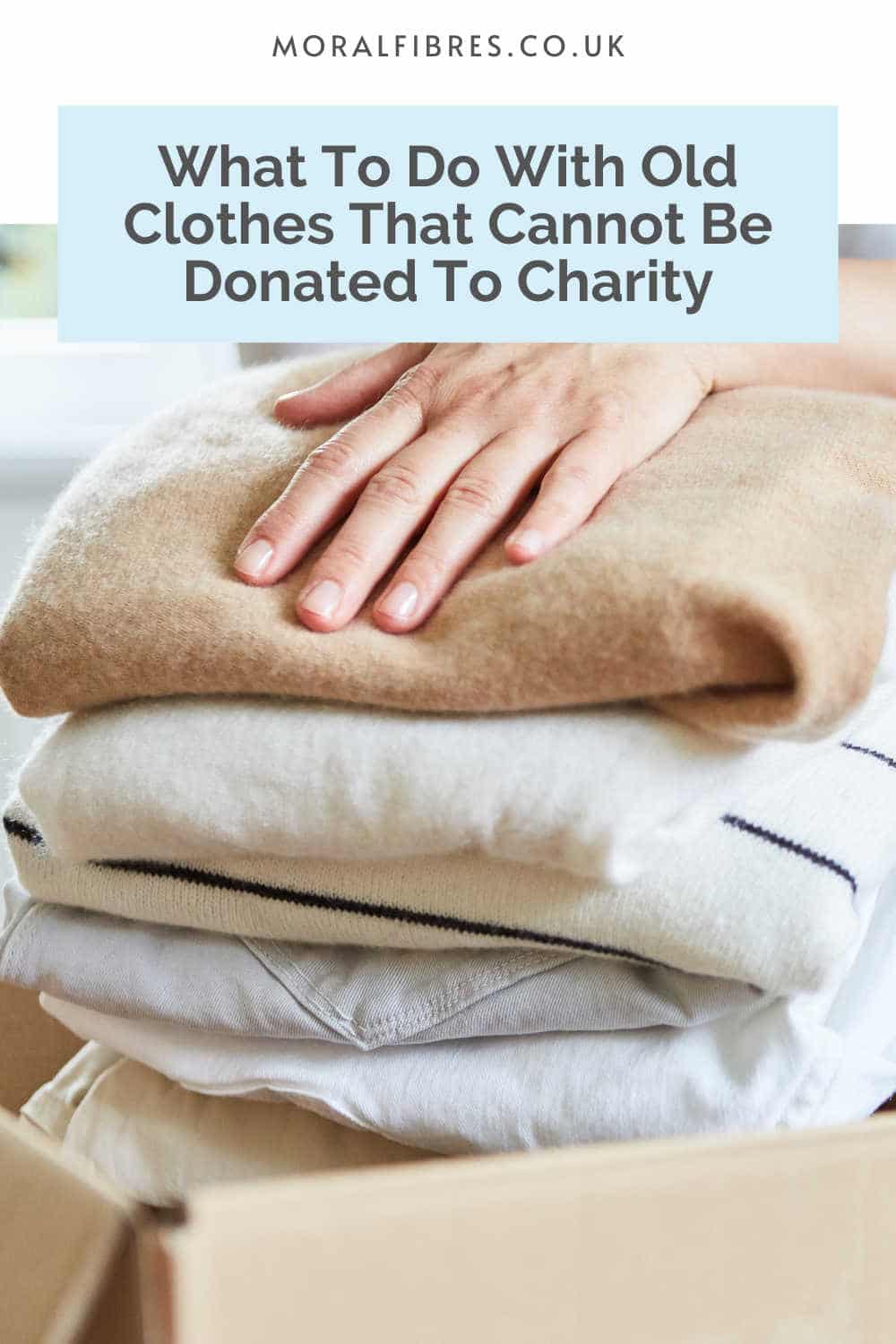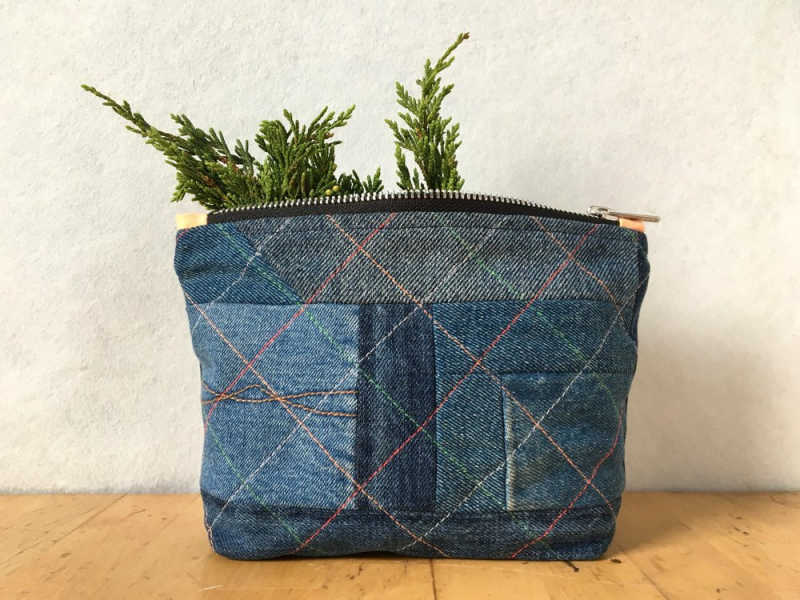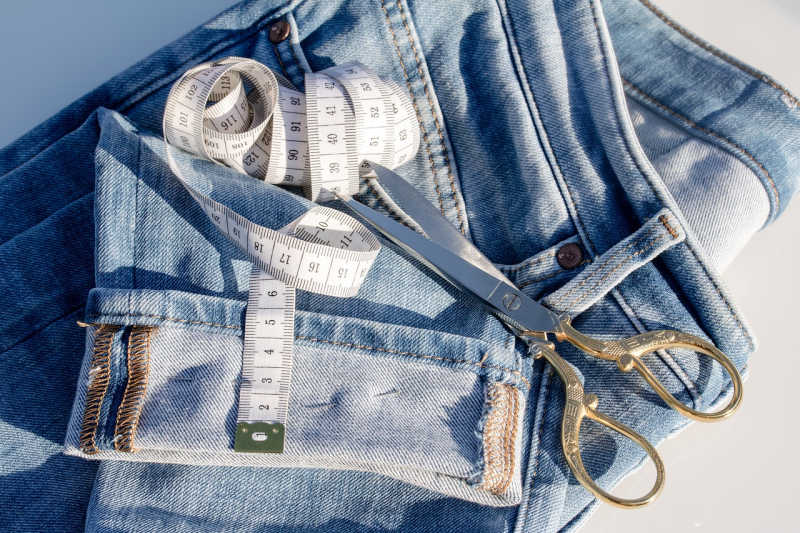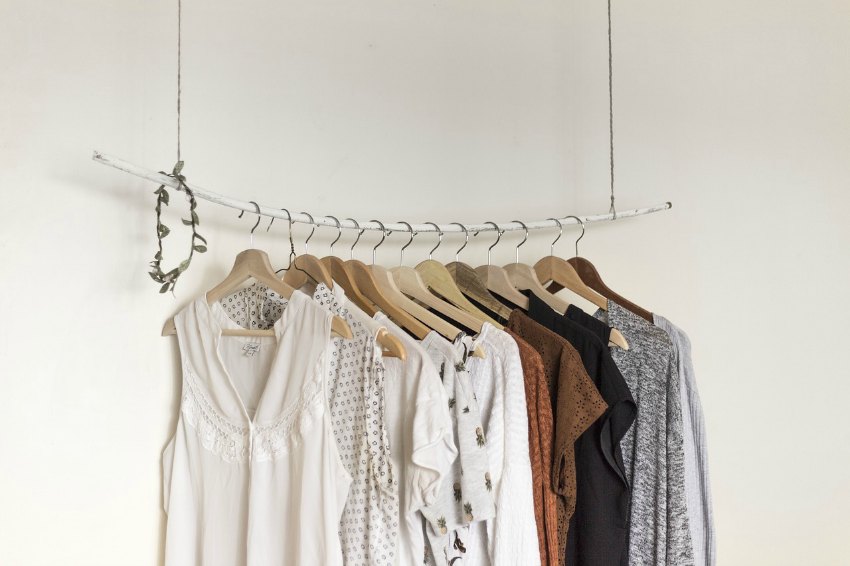What To Do With Old Clothes That Cannot Be Donated
To support the running costs of Moral Fibres, this post contains affiliate links. This means Moral Fibres may earn a small commission, at no extra cost to readers, on items purchased through these links.
Got a pile of old ripped or stained clothes that cannot be donated to charity? Here are six clever ideas for what to do with those old clothes to help keep them out of landfill.
Due to the rise of fast fashion and social media, our appetite for new clothing has expanded rapidly over the past twenty years or so. Clothes have become cheaper and easier to buy than ever before. So much so, that we’ve now moved beyond fast fashion. We’re now in the age of ultra-fast fashion.
Ultra-fast fashion encompasses online retailers, such as Shein, Pretty Little Thing, Boohoo, and other similar brands, who produce new clothes and collections almost every day. These brands sell their clothes online only at incredibly low prices and rely almost exclusively on social media to market their products.
With the rise of this type of fashion, it’s of little coincidence that in the UK around 300,000 tonnes of used clothes are burned or buried in landfill each year.
The antidote to this is to care for the clothing we already own. However, even the most well-cared-for items can get damaged or worn out through repeated wear. While good quality clothing can be donated or sold, when our clothes get damaged beyond repair or worn out it poses the question: what can I do with old clothes that cannot get donated?
What To Do With Old Clothes That Cannot Be Donated

To help keep your old clothes out of landfill, here are 6 resourceful ways to give your old clothes a second life.
Use the quick links to jump to a specific section of this post, or keep scrolling for the full post:
- Repair Them
- Upcycle Your Old Clothes
- Turn Them Into Sewing Supplies
- Find Alternative Ways To Reuse Them
- Send Them Back To The Manufacturer
- Donate Them As Rags To Charity
1. Repair Them
Before looking for disposal options, I’d always advise you to first think about how you can repair your item. With a bit of imagination, many items of clothing can be repaired. This could be done invisibly, or using visible mending techniques should you wish to make a statement with your repair.
If you don’t know your way around a sewing kit, or if the task at hand is beyond your capabilities, then enlist help. Visit your local tailor. They can suggest the best way to repair your item and the cost involved before you commit to the repair.
2. Upcycle Your Old Clothes
If your old clothes are truly beyond repair, then consider how you might upcycle them. There are tons of clever ideas to upcycle old clothes – from easy no-sew ways to the much more involved. Spend a little time on Pinterest and you are sure to be inspired!
If upcycling sounds out of your comfort zone, then alternatively, creative individuals may be able to upcycle your clothing for you.
Cornwall-based Jeanie & Me, for example, accepts donations of freshly laundered 100% cotton, non-stretch denim in any weight and colour. These will then be cleverly upcycled into pouches, bags, pencil cases, clothing and more.

It doesn’t matter if the jeans are worn out or marked, they can still be upcycled. £1 will be donated to charity for every pair received and you’ll also get a 10% discount code to use on any order at Jeanie & Me.
What I love is that you can follow your jeans journey. Simply include your Instagram handle or email address in the parcel and Jeanie & Me will let you know what your denim was transformed into.
3. Turn Them Into Sewing Supplies
If you sew then you can cut up usable parts of your old clothes to use in sewing projects, or for making quilts. Even if only small parts of the fabric are salvageable, then these can be used to patch up jeans and denim jackets. Buttons, embellishments and even zips can be cut off too and kept for future sewing projects.
I’m a big fan of the button tin. My gran used to cut buttons off her old clothes and keep them in a biscuit tin for future sewing projects or clothing repairs. As a child, rummaging through that tin was magic. You never knew what jewel you would uncover next.
4. Find Alternative Ways To Reuse Your Old Clothes

Of course, old clothes don’t have to be repurposed into clothes. There are other clever ways to upcycle your old clothes that cannot be donated.
If you have pets, then old t-shirts can be quickly and easily repurposed into dog and cat toys. Battersea Dog & Cats Home has some great ideas for this on its YouTube channel.
Old cotton or linen clothes can be cut up into squares to use as reusable handkerchiefs. To make these last as long as possible I would recommend hemming the edges – using a sewing machine or by hand stitching – to help prevent fraying.
Old t-shirts can be cut up into strips and braided into rugs. Alternatively, with some clever snips, you can turn an old t-shirt into a handy tote bag. Even old jumpers can be made into cushions.
There are endless ways to reuse old clothes. Not convinced? Check out the myriad uses for old socks. All it takes is a bit of creative thinking. YouTube and Pinterest are your friends!
And remember, if worst comes to worst, worn-out clothes can be cut up into cleaning cloths and painting rags – old t-shirts and other soft cotton fabrics are brilliant for this. Rather than using standard scissors, I would use a pair of pinking shears to cut your clothing into suitable sizes. The pinking shears will stop the edges of the fabric from fraying so you don’t need to hem them.
5. Send Them Back To The Manufacturer
A growing number of ethical clothing brands are embracing the notion of circular fashion. As such, these brands offer take-back schemes for old and worn-out clothes bought from that particular retailer that cannot be donated to charity.
Brands embracing circularity include:
♻️ MUD Jeans – makers of jeans from recycled denim – also take back your old worn-out MUD jeans. These are then recycled into new products, blending the recycled denim with organic cotton to create new jeans.
♻️ Patagonia – makers of ethical outdoor clothing – take back its worn-out clothing. Simply drop off your old Patagonia clothing at any Patagonia store or send it back for recycling or repurposing.
6. Donate Them As Rags To Charity
Whilst charity shops can only sell good quality clothing, worn-out clothes can also sometimes be donated to your local charity shop. Many charity shops sell unwearable donations to the rag trade, for a small profit.
It’s important to first point out that this is not an ideal solution. Textile recyclers sort, grade and then transport rags to countries in the Global South. Here, some rags are shredded and used in industrial applications, such as making car seats. The chances of your clothing being recycled are greater if they are made of natural materials, such as cotton, rather than polyester.
However, due to the scale of the fast fashion problem, there are simply too many clothes and not enough ways to recycle these clothes. There is no guarantee that your rags won’t end up in landfill, incinerated, or fly-tipped.
If you want to donate your old clothes, first ask if your charity local shop accepts rags. If they do, to avoid wasting the precious time of volunteers, make sure your clothes are placed together in a bag clearly marked as rags. This should be separate from other quality goods that are being donated for sale. This means the volunteers know not to sort out your donations, and to place them directly in their rag collection area.
Alternatively, clothing recycling banks also accept worn-out clothes. These will have the same fate as rags donated to charity shops. Again, pop these in a bag marked as rags to help keep them separate from other donations. Use the RecycleNow recycling locator facility to find a clothing bank near you.
Time For The Fashion Industry To Do Better
Unfortunately beyond this, there aren’t any easy answers to what to do with old clothes that cannot be donated or resold. Especially not at scale. Until the fashion industry does better and dramatically cuts production volumes we are stuck in this colonialist situation of exporting our waste to the Global South to deal with. Because even if our old clothes are no longer in our wardrobes, they’re rarely ever really gone.
In this excellent article by Liz Rickkets of the OR Foundation, Liz says “Waste will either be the next frontier of colonialism and greenwashing or waste will serve as an opportunity for greater reckoning and reparation. Choose the latter”. I would wholeheartedly agree. It’s time for the fashion industry to step up and do better.
Found this post useful? Please consider buying me a virtual coffee to help support the site’s running costs.




